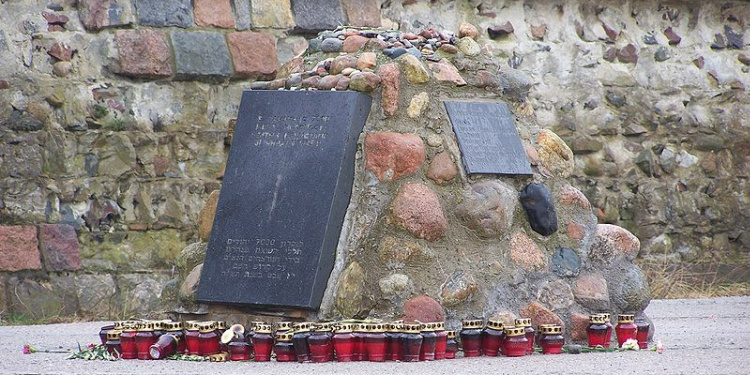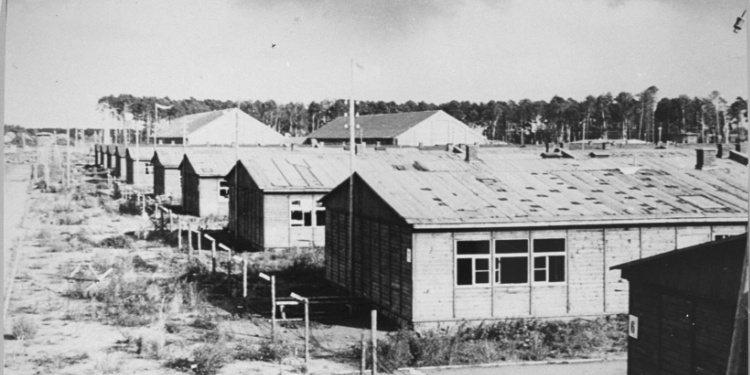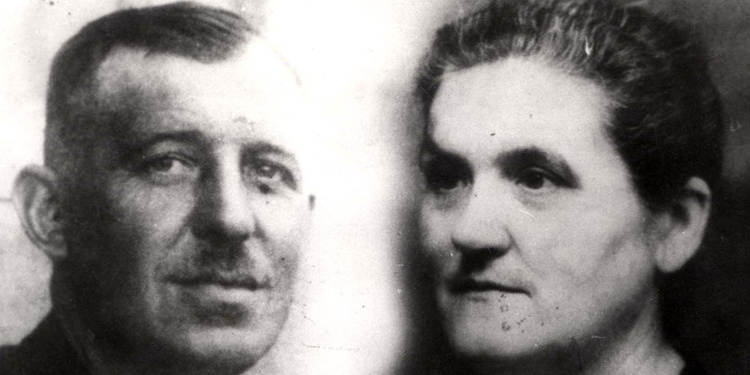3 Out Of 3,000
Stand for Israel | January 30, 2023

As World War II drew to a close, the Nazis knew defeat loomed. And they knew that with defeat, their heinous crimes against the Jewish people would be uncovered for the whole world to see. So, as the Allies advanced from all sides, the Nazis began to march their Jewish prisoners deeper into German territory, often marching the starved and freezing Jews to death. One such march that ended in tragedy is known as the Palmnicken Massacre, in which nearly 3,000 Jewish women were murdered.
From Stutthof to the Sea
In January 1945, the Soviets approached the Nazis’ concentration camp at Stutthof. Most of the prisoners there were Jewish women who had earlier been transferred—for the same reason: to cover up Nazi atrocities—from Auschwitz. The Nazis began to march the 13,000 surviving women away from the camp, toward Konigsberg on the Baltic Sea.

When the line of Jewish women reached Konigsberg, the Nazis realized the city had already been taken by the Russians, so they marched the women to nearby Palmnicken. Of the 13,000 women who began the march, only 3,000 had survived. Along the road from Stutthof to Palmnicken, thousands of bodies marked the way.
The Palmnicken Massacre
At Palmnicken, the Nazis had amber mines. But instead of putting the remaining Jewish women to work, the Germans planned on sealing them up—alive—in one of the tunnels. The mine’s manager, a brave man named Hans Feyerabend, refused to open the mine. Instead, he sneaked food to the emaciated women and did his best to save them. But Feyerabend’s efforts were for naught, as the Nazis marched the remaining women from the mines to the Baltic Sea (distraught, Feyerabend would take his own life).
On January 31, 1945, the Nazis herded the 3,000 remaining Jewish women to the Baltic Sea—the freezing January sea—and drove them into the icy water. Then the Germans turned their machine guns on the women. When the gunshots died down, only 33 of the 3,000 women remained (and only 15 would survive the Holocaust), the above memorial to this day remembering those murdered. But, nearby, an older Christian couple had saved the lives of three more Jews.
A Knock at the Door
That night, three women had appeared at the front door of Albert and Loni Harder—three women on the brink of death from starvation and cold, also wounded from gunfire. The three—Zelina Moshkowitz-Manielewitz, Miriam Zweig, and Genia Weinberg—had somehow escaped the throngs of female prisoners that the Nazis were shooting along the seashore.

The Harders quickly took the women into their home. There, Loni and Albert tended to the young women’s wounds, fed them nourishing food, and cared for them as if they were their own children. This aid came despite the fact that the couple lived deep within Nazi territory, and their neighbors would have happily turned them in to the Gestapo.
The Harders kept the three young women safe until the end of the war. Shortly after WWII’s conclusion, Albert Harder passed away. Loni Harder ended up in the same displaced persons camp as the three Jewish women whose lives she and her husband had saved. But the three Jewish women whose lives were spared from the 3,000 who went into the sea never forgot these heroes who saved their lives. And neither did the Jewish people, for in 1966, over two decades after the Christian couple’s heroism, Yad Vashem honored Loni and Albert Harder as two of the first Righteous Among the Nations.
